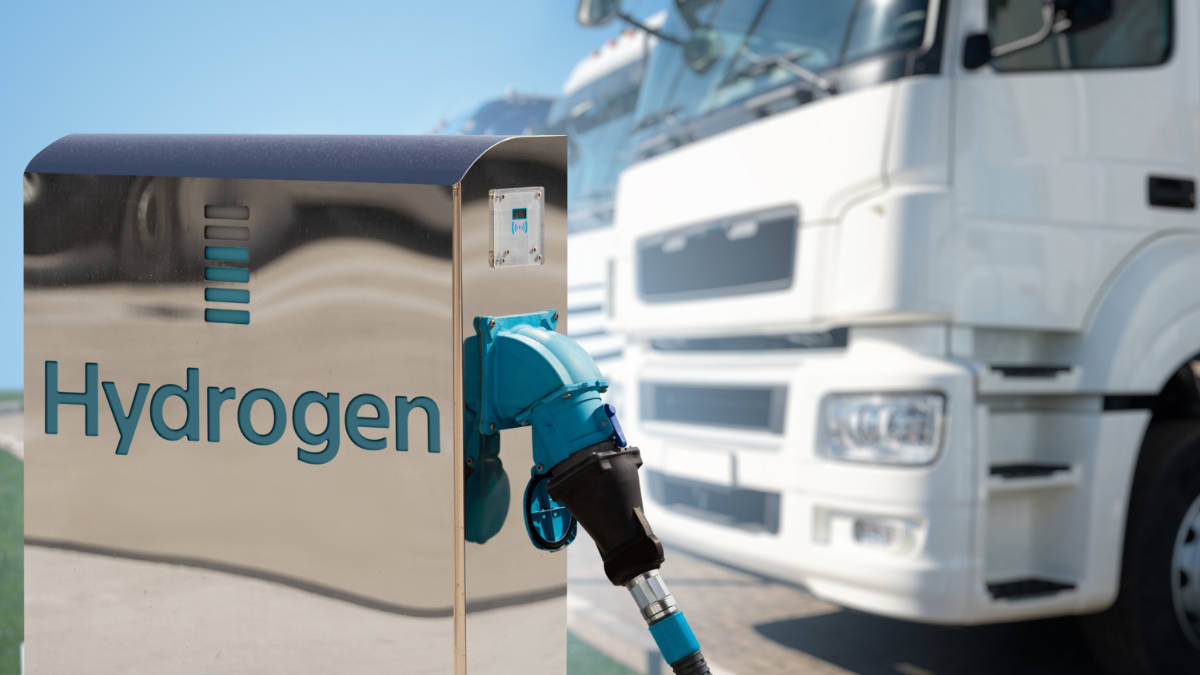There is little doubt that the green energy transition (fuelled by hydrogen it seems) is one of the big winners in this year’s Federal budget with some $22.7bn allocated for its Future Made in Australia Act (FMIA Act).
This funding is intended to simulate private investment into clean energy projects and place renewables, critical metals and green metals at the centre of Australia’s future.
While the FMIA Act has yet to be formalised in a draft bill, much less passed as law, it does outline some key initiatives.
Hydrogen a winner
Renewable hydrogen is one of the big areas with the Australian government flagging a Hydrogen Production Tax Incentive that will cost up to $6.7bn over the next decade to support the growth of a competitive industry by providing a $2/kg incentive for green hydrogen produced between 2027 and 2041.
That’s less than half of US incentive of US$3/kg ($4.60/kg) leading to some criticism that not enough is being done to make the sector competitive.
Such criticism is appropriate to some degree.
It is true that the incentive isn’t anywhere close to competing with what the US is offering but that there is any incentive at all keeps Australia in the running, especially when combined with the abundant solar and wind that are our hallmarks as well as the other incentives being dangled by the government.
Chief of these is the expansion of the Hydrogen Headstart Program, which provides financial support for large-scale renewable hydrogen projects, by $1.3bn over 10 years from 2024 – adding to the original $2bn allocated.
Rewarding innovation
Rather than relying on pure financial incentives, Australia is also hoping that innovation will allow it to accelerate its push towards net zero and become a renewable energy superpower.
The FMIA Act includes a new $1.7bn Future Made in Australia Innovation Fund that will go towards deploying innovative technologies and facilities linked directly to priority industries such as green metals and low carbon liquid fuels.
Smaller sums – $15.4m – have been earmarked to support the development of green metals manufacturing and to undertake further consultation on incentives to support the demand for, and production of, low carbon liquid fuels ($20.9m).
Being able to reduce the costs of or increasing the efficiency of these priority industries through innovation and/or improved technology are certainly viable ways of making our money work for us.
Manufacturing – specially manufacturing across the solar photovoltaic (solar panels) supply chain – has also received a boost with the government allocating $1bn for its Solar Sunshot program.
This is anticipated to provide production-linked payments though the actual design of the program remains open to feedback till the end of this month.
To accompany this, the government has earmarked $523.2m over seven years for the Breakthrough Initiative, which seeks to improve Australia’s battery manufacturing capabilities.
Being able to produce our solar panels and batteries will certainly address any potential issues with supply bottlenecks and increase supply security, but as with any kind of manufacturing, it remains to be seen if it will be competitive against cheaper imports.
Go for renewables
Renewables specifically also received support in the Budget with $134.2m set aside to expedite environment, cultural heritage and planning approvals for projects of national significance.
As part of this, the Australian Renewable Energy Agency (ARENA) has had its funding extended for 10 years to accelerate the energy transition by supporting innovation, development and commercialisation of renewable energy technologies.
This will allow it to administer several of the aforementioned programs along with $1.9bn in baseline funding.
There’s nothing truly revolutionary going on here but the continued funding of ARENA and its planned oversight of the government’s new funding programs is a clear sign that the agency is performing exactly as it is intended to.
A big clean energy Budget
The announced Budget represents a big win for clean energy proponents, particularly those in the hydrogen sector.
While the incentive for produced hydrogen doesn’t come close to the US offering, it still goes some way towards making renewable hydrogen competitive with fossil fuels.
Couple that with the other focus areas such as innovation, solar panel manufacturing and battery manufacturing, and it is clear that the Albanese government is serious about going all in on clean energy – at least within the constraints that it has to work with.
There is a degree of practicality in what it seeks to achieve, certainly more so than the opposition’s incredibly unrealistic obsession with nuclear energy.
The post Power Up: Hydrogen a winner in Albanese government’s clean energy Budget appeared first on Stockhead.






















